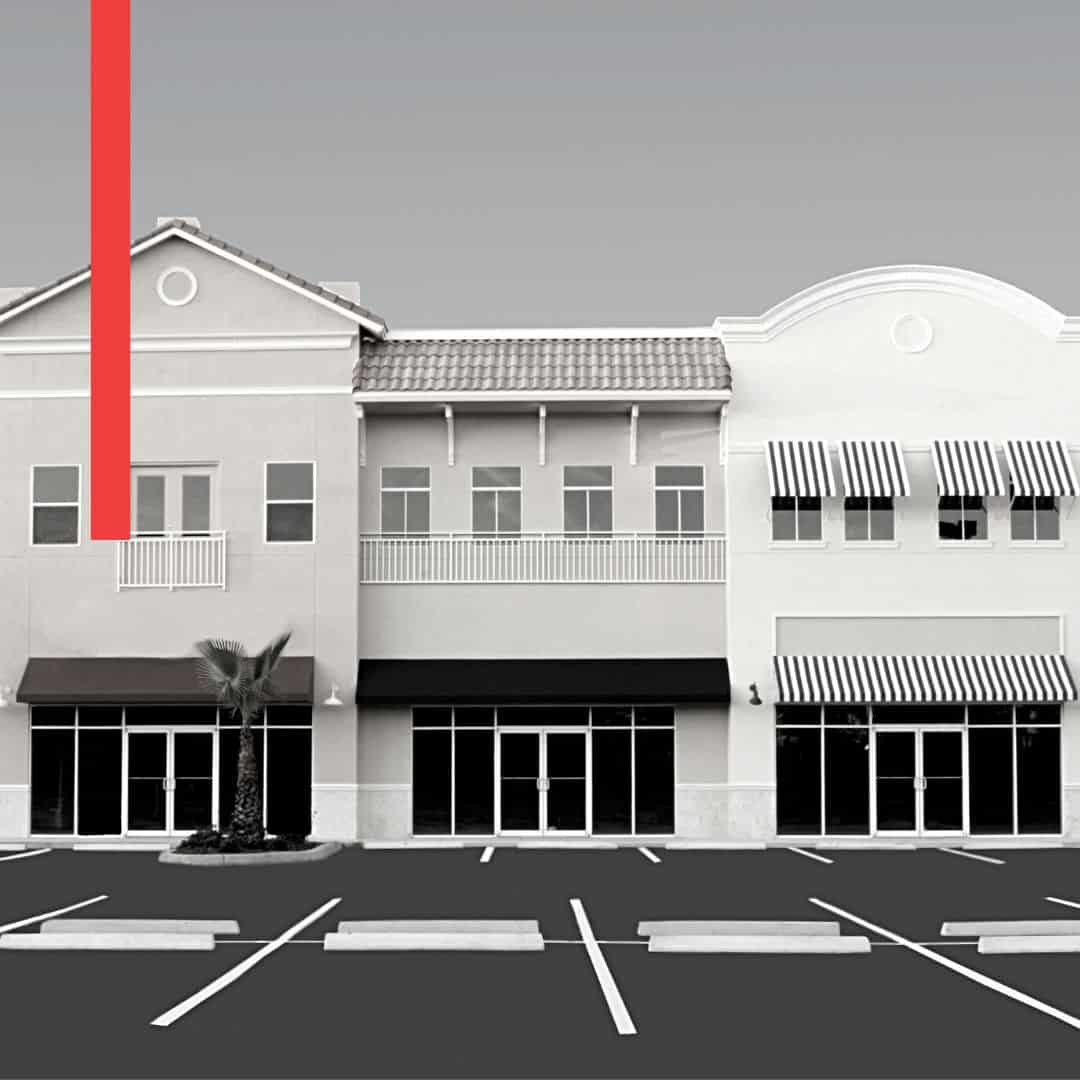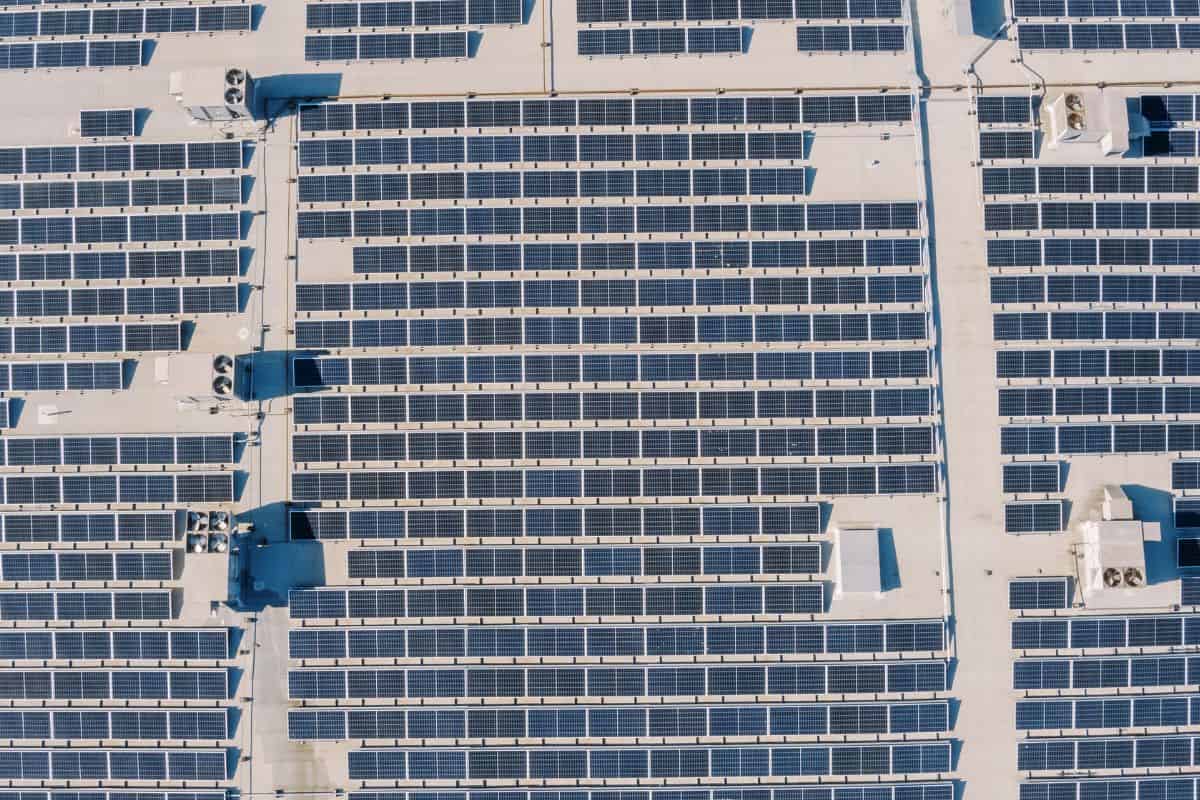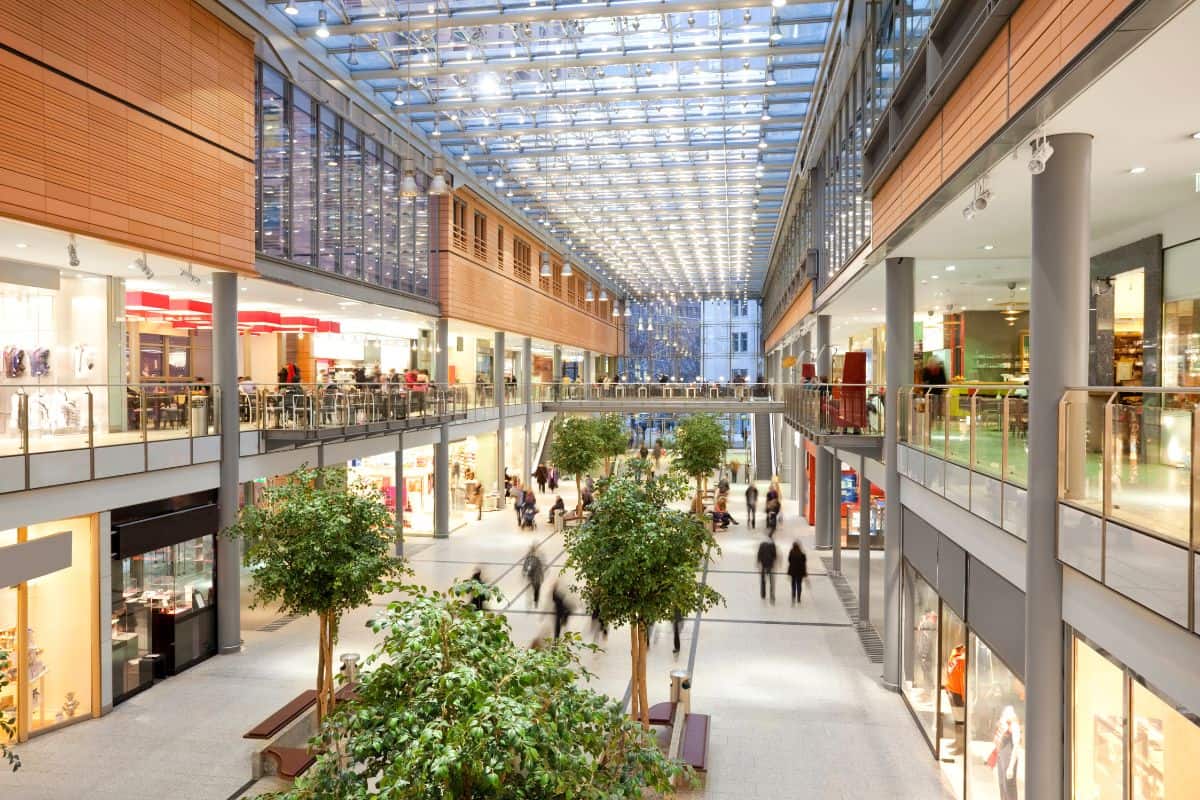As the world moves towards sustainable and eco-friendly practices, the importance of LEED certification has become more prominent. LEED certification (Leadership in Energy and Environmental Design) is a globally recognized green building certification that ensures a building is designed, constructed, and maintained using sustainable practices. One significant aspect of sustainable building practices is the use of renewable energy, specifically rooftop solar installations. Including solar as part of your commercial or industrial building’s energy mix can help you earn a higher LEED certification, attracting new tenants and retaining existing ones in the process.
A brief overview of LEED certification
The LEED standard was devised in 1994 by the U.S. Green Building Council (USGBC; founded in 1993) to encourage sustainable practices in design and development. It includes a system of tools and criteria for measuring sustainability performance for structures.
LEED criteria vary based on the structure in question. To calculate a score, it uses a rating system that awards points in the following categories:
- Location and Transportation
- Sustainable Sites
- Water Usage Efficiency
- Energy and Atmosphere
- Materials and Resources
- Indoor Environmental Quality
- Innovation
- Regional Priority
The four different LEED ratings are based on the number of points a structure receives:
- LEED Certified: 40-49 points
- LEED Silver: 50-59 points
- LEED Gold: 60-79 points
- LEED Platinum: 80+ points
California leads the United States in LEED-certified projects with 386 buildings totaling 96.5 million sq ft—the largest gross area among all states, according to the USGBC released rankings in January, 2023.
Solar and LEED certification
Installing rooftop solar on multi-tenant structures impacts LEED certification scores by improving the energy efficiency of the building and increasing its use of renewable energy.
Buildings with solar systems receive higher LEED certification scores, as the Energy and Atmosphere category accrues points based on energy efficiency. This includes the building’s insulation, ventilation, and heating and cooling systems. The installation of a rooftop solar system improves a building’s energy efficiency by reducing the amount of energy required from the grid and increasing the amount used from on-site production. As a result, buildings with solar systems typically earn more points in the Energy and Atmosphere category, leading to higher LEED certification scores.
In this section, a structure earns up to 5 points for an on-site renewable energy system based on the percentage of renewable power produced compared to the total annual energy used. Generating 2% nets a single point for the building, while 20% awards all 5 points to the structure.
Adding renewable energy sources such as solar power to a multi-tenant property also contribute to a building’s LEED certification in the Sustainable Sites category. This section is evaluated based on factors such as the use of renewable energy, the reduction of carbon emissions, and the conservation of water and other resources. A large commercial building equipped with a solar installation reduces CO2 emissions equivalent to up to 328,943 gallons of gasoline per year, greatly shrinking the carbon footprint of the building and improving its LEED score in the process.
Rooftop solar array on a shopping center in Santa Maria, CA.
LEED certified buildings have higher tenant occupancy
In addition to impacting LEED certification, the installation of rooftop solar systems may also attract tenants. Since 2020, occupancy rates for LEED-certified assets have increased from 90% to 92%. Non-LEED occupancy has fallen from 90% to 88% over the same period.
Tenants are becoming increasingly environmentally conscious and seek out sustainable buildings as a reflection of their values. LEED certification provides assurance to tenants that developers constructed and maintained the building using sustainable practices. Plus, tenants in sustainable buildings also see cost savings on their energy bill, giving them a financial incentive to sign leases in the structure.
Putting healthy indoor environments first for tenants, their customers, and their employees
Beyond speaking to values of environmental sustainability, tenants leasing in LEED-certified buildings and their customers also benefit from a healthier indoor environment. The Indoor Environmental Quality category of LEED certification assesses factors such as air quality, access to natural light, and thermal comfort. Buildings with higher scores in this category provide a healthier and more comfortable indoor environment for tenants. By increasing a focus on designing for natural lighting and thermal comfort, this category reduces a building’s potential reliance on energy from the grid, allowing solar to cover a greater percentage of its power needs.
Greater indoor health scores also have the potential for increased productivity. The green features of a LEED-certified building, including rooftop solar systems, can contribute to improved indoor environmental quality, which has been linked to higher productivity levels and employee retention. Employers in LEED-certified spaces report higher recruitment and retention rates and increased employee productivity. Furthermore, studies have shown that employees working in green buildings report fewer sick days and improved job satisfaction, which oftenleads to increased productivity and performance.
The green features of a LEED-certified building, including rooftop solar systems, can contribute to improved indoor environmental quality, which has numerous positive impacts for tenants, their employees, and their customers.
Solar and LEED certification, a win-win for property owners and tenants
Rooftop commercial and industrial solar installations significantly impacts a building’s LEED certification status, specifically in the Energy and Atmosphere and Sustainable Sites categories. The installation of rooftop solar systems also increases occupancy rates, attracting tenants looking to lease office space in a sustainable building and offering them cost savings, a healthier indoor environment, and potential productivity benefits. LEED certification provides assurance to tenants that the building has been constructed and maintained using sustainable practices, which aligns them with the values of sustainable practices and impacts their public image.
To speak to a specialist about how a commercial solar installation could complement your LEED certification efforts, contact King Energy today.


